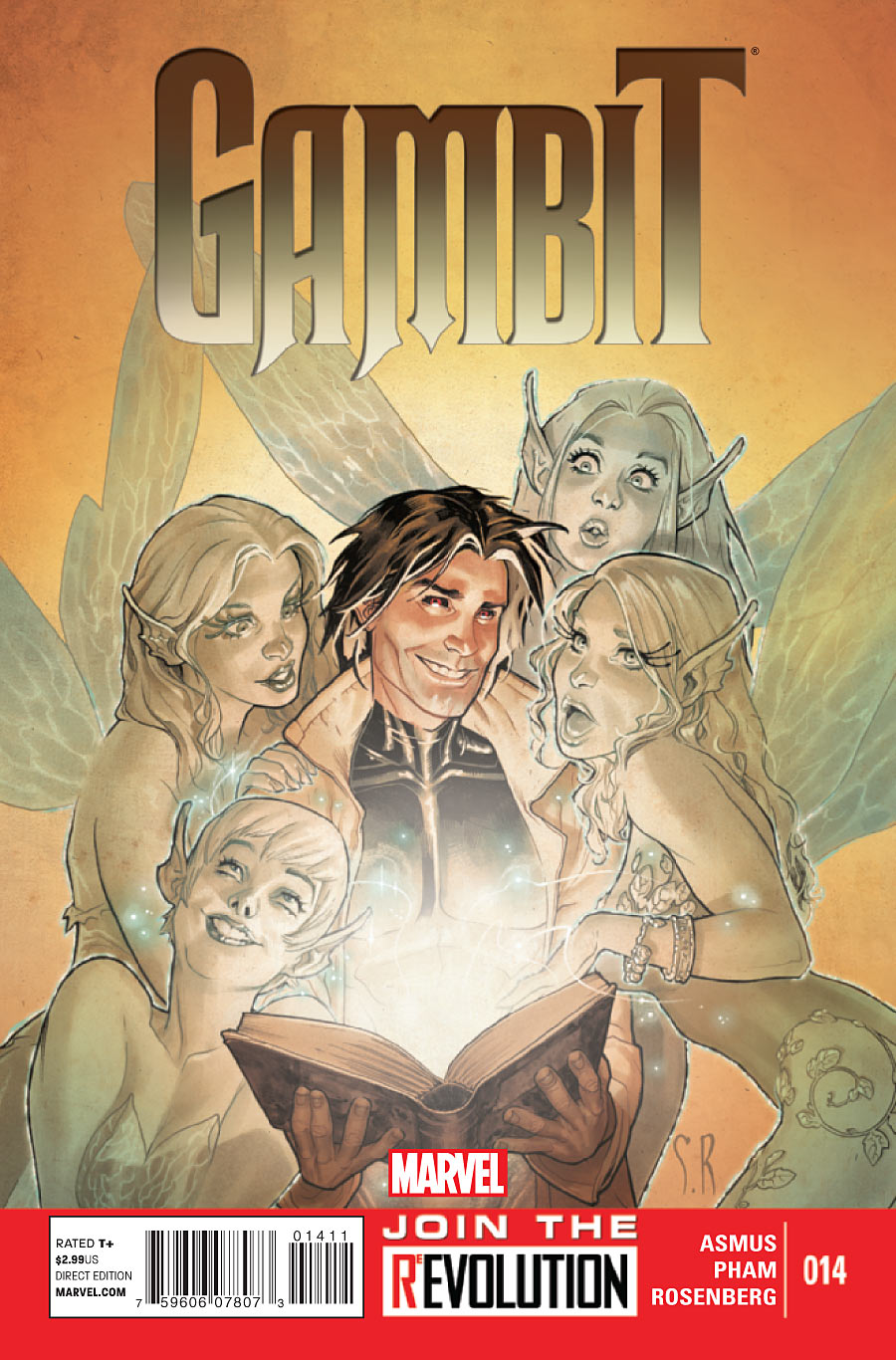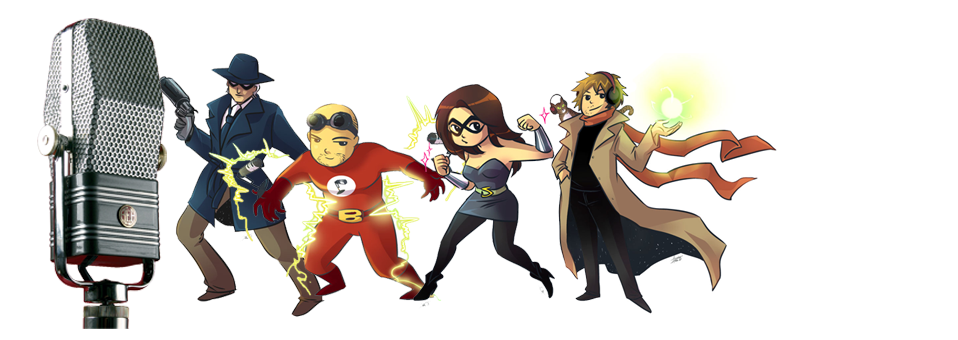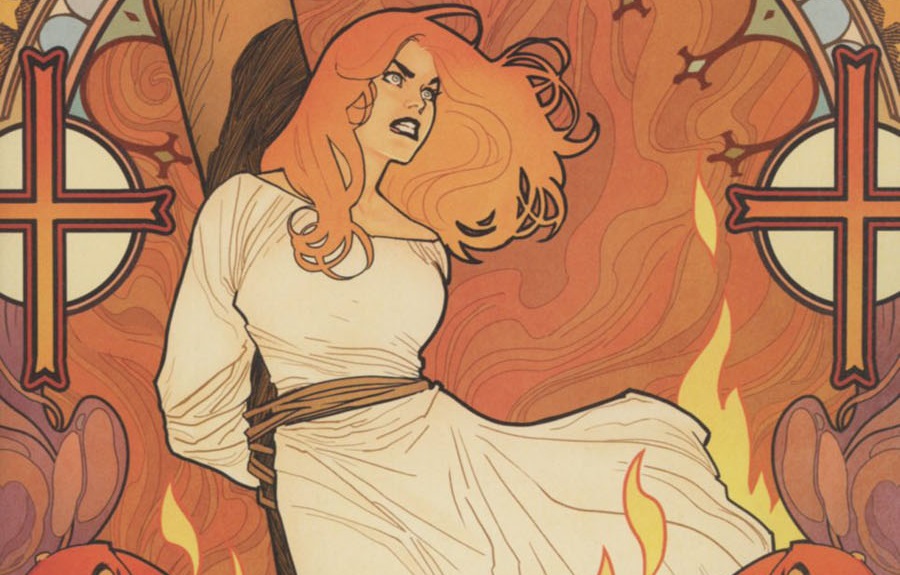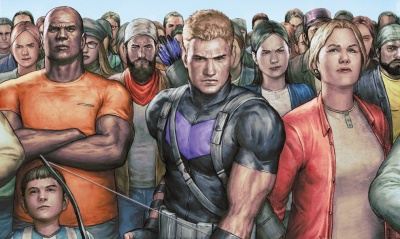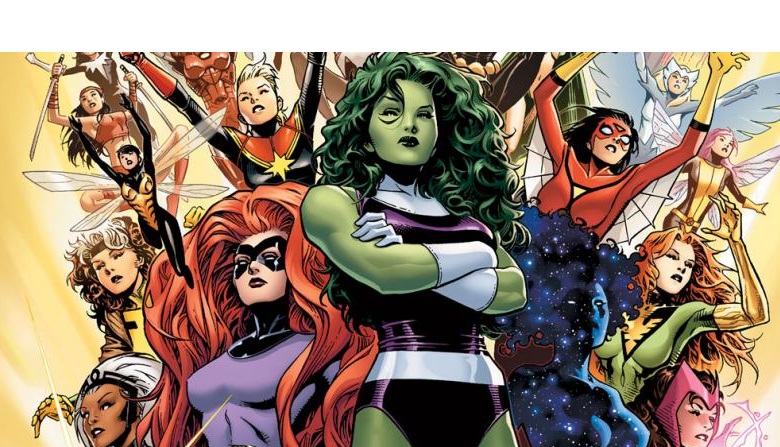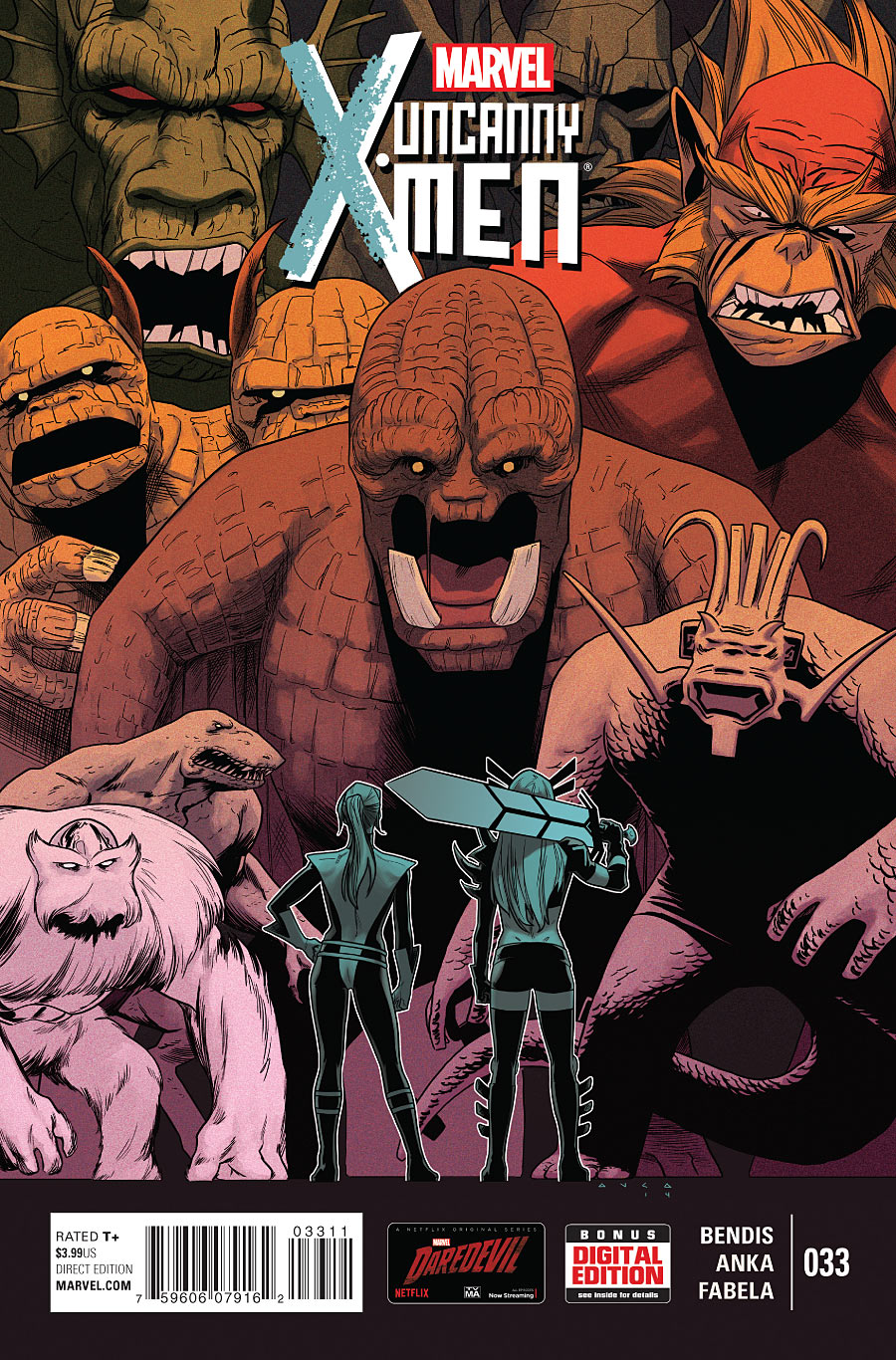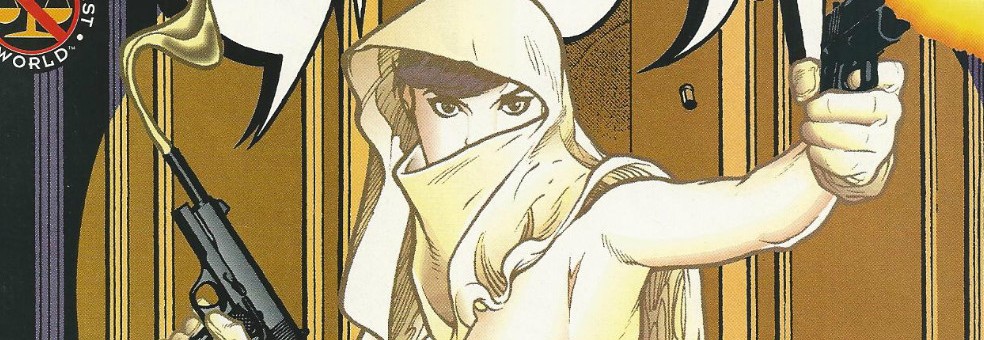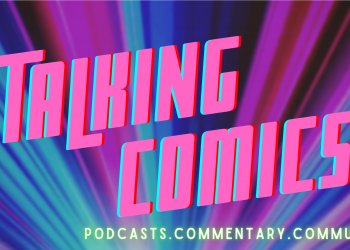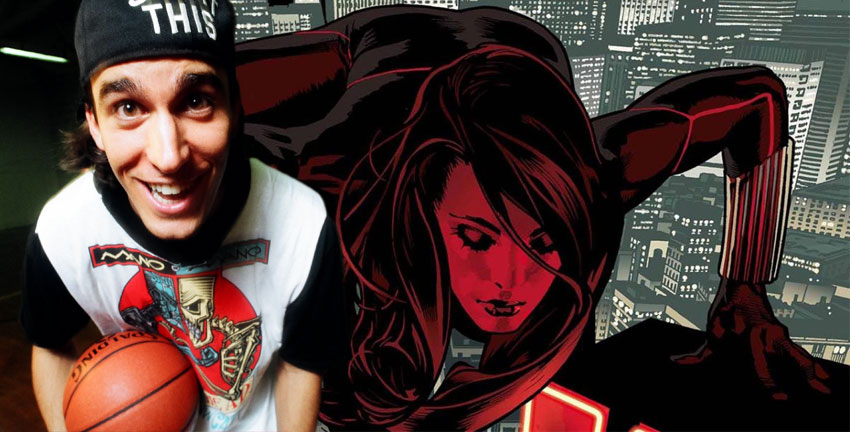Hi, true believers! Welcome to my new column: Spotlight Sunday where every month I’ll be reviewing (even dissecting) a different trade paperback from days gone by. With Valentine’s Day just recently in the rearview, there was only one sensible book to review.
Spotlight Sunday— Spider-Man: Blue
Review by Max Mallet
*Spoilers Ahead*

CONTEXT
Spider-Man: Blue is one of four Marvel ‘colored’ series by the dynamic duo of Jeph Loeb and Tim Sale. The creative team is probably most famous for their work on DC’s epic Batman: The Long Halloween. Spider-Man: Blue is a self-contained, all-ages-friendly story written from 2002-2003 during the Marvel Knights era.
SYNOPSIS
Peter Parker recalls the story of how he met Gwen Stacy, all the while addressing his first love as if she were still alive. Peter revisits this heart-clutching tale through a tape recorder while sitting alone in his attic on Valentine’s Day.

STORY BEATS
Jeph Loeb introduces us to a web-slinging Spider-Man who is conducting his annual Valentine’s Day ritual: leaving a red rose atop the Brooklyn Bridge. Although it’s not explicitly clear, Spider-Man fans will recognize that this is where Spider-Man failed to save while battling the Green Goblin.
Yes, your friendly neighborhood web-slinger fights against an assortment of rogues throughout these six issues. There needs to be a reason for Peter to put on the red and blue now, doesn’t there? However, the fist-and-webs action is merely window dressing for the real story. At its core, Spider-Man: Blue is a journey about love earned and love lost. It’s about how Peter Parker might have cobwebbed his costume if he knew how fleeting his time was with Gwen.
There are other layers to the story besides the unconventional romance between Peter and Gwen. Peter knows that the Green Goblin is Norman Osborn, and vice versa. Peter gets the better of Norman in the first issue, apparently beating him into an amnesia to the point where he forgets that his alter-ego and that Peter is Spider-Man. However, Peter worries that Norman is playing possum, and this serves as a tense subplot throughout the story arc. Loeb also brings in other subplots such as Flash Thompson’s distaste for Peter and adoration for Spider-Man, Peter’s complex relationship with Norman’s son Harry and Aunt May introducing Peter to one Mary Jane Watson.

Mary Jane’s interactions with Gwen are some of the most memorable of the entire story. Loeb must have been grinning ear to ear while writing this, knowing that Spider-Man fans are divided as to whether they prefer the bookworm or the life of the party. While Loeb and Sale don’t shy away from highlighting the differences between Peter’s classic love interests, the story demonstrates a clear preference for Gwen.
It’s pretty heartwarming that Loeb threw Peter a bone: choosing between the blonde bookworm or the redheaded diva. Spider-Man’s colorful aesthetic disguises the fact that he’s a tragic character, and his choices often have unintended negative consequences. For example, if Peter has a rare social evening, one of his rogues is bound to wreak havoc in New York. If he just paid for materials to create more web fluid, then Aunt May’s medical bills are due. It’s about time that Peter had a predicament that could only end positively.
Ultimately, Loeb favors focusing on emotional beats over establishing why they matter. It’s almost as if he’s relying on the reader’s previous knowledge of their relationship. This is a shame because it is likely alienating for first-time Spider-Man readers. For example, we don’t find out exactly why Peter falls for Gwen, or vice versa. Additionally, nothing that Peter does demonstrates how he earned Mary Jane’s affections, he just… did. It’s an oversight, and one of the few blunders in an emotionally resounding tale.
TONE
Spider-Man: Blue is a powerhouse of nostalgia, and the artwork leads the way. Colorists Steve Buccellato and Dan Kemp implement an almost uniformly blue color pallet during Peter’s Valentine’s Day monologuing, reinforcing the tale’s mournful spirit . Sale draws a somewhat bulky, boxy Spider-Man. In fact, Spider-Man’s proportions look pretty identical when compared with Sale’s Batman and Daredevil work. This gives Spider-Man: Blue a somewhat aged aesthetic despite the fact that the book is only 15 years old. It harkens back to a time when all super-heroes looked like linebackers with square jaws.

Loeb’s writing and dialogue compliments Sale’s artwork throughout the story, establishing all of the familiar Peter Parker characteristics. Among them: social awkwardness, a keen scientific intellect, and humor in the face of a threat.



Loeb and Sale revisit some of the most iconic moments in Spider-Man lore, such as recreating the famous Amazing Fantasy #15 cover. Eye candy for new readers, fist-in-the-air moments for seasoned ones.


LEGACY
Spider-Man: Blue has earned critical acclaim since its debut in 2002. IGN has heralded it the 2nd greatest Spider-Man story of all time, only behind The Night Gwen Stacy Died, which is nearly 30 years older and serves as the foundation for Spider-Man: Blue.
Spider-Man: Blue exemplifies the timeless nature of comics. It takes arguably the most recognizable super-hero and deconstructs him to his core: a heartsick, good-natured, beleaguered character. Like none of us, he has the physical capabilities and proportional strength and athleticism of a spider. Like none of us, he is the guardian of eight million lives. Yet, like all of us, he is riddled by everyday struggles and character flaws.
Gwen’s death is the story’s ghost; the fact that we don’t see it in these six issues makes it all the more haunting. It’s a phantom that induces a wide rage of emotions, but notably two:
1. Rage. Had Spider-Man killed the Green Goblin during a previous encounter, Gwen might still be alive today. This also addresses the lazy notion that “killing a killer makes you a killer.” In the context of a super-hero universe where the bad guys don’t stay locked up for long, trusting the system for justice makes little logical sense. Just ask the families of the hundreds of Joker victims. Loeb deserves a lot of credit for challenging (albeit in an emotionally charged way) this lazy opiate that lingers in the veins of mainstream super-hero morality.


2. Sadness. Even casual Spider-Man fans know his motto: “With great power comes great responsibility.” Peter lives this motto in the guise of Spider-Man, because in his early web-slinging days he failed to stop the thief who eventually killed his father figure: Uncle Ben Parker. In the aftermath of Ben’s death, Peter feels the weight of the entire city upon his shoulders, and because of this, he will never know a normal, quiet life.
Because he will never know a normal, quiet life, he is more likely to spend an evening with super villains than he is with Gwen. All the while, unaware how fleeting their time is together. The moment where you feel for Peter most is when he acknowledges that by playing the city’s savior, he missed a literal lifetime of moments with the girl he loved.
PARTING THOUGHT
This is an all-ages, nostalgic and deeply sad Spider-Man story. However, it’s not a tale for all moods and pallets. Beneath the surface aesthetic of a young man in red and blue tights is a story brimming with social commentary that supplements our understanding of the human condition. There’s a certain self-awareness to Peter’s narrative commentary that makes his loss all the more gut-punching. It’s the kind of story that’s designed to bestow Peter’s self-reflection onto the readership, making the fictional deeply personal.
Anyone who’s remotely interested in Spider-Man or comics should read Spider-Man: Blue. It might not hurt to keep a box of tissues within reach, either.


